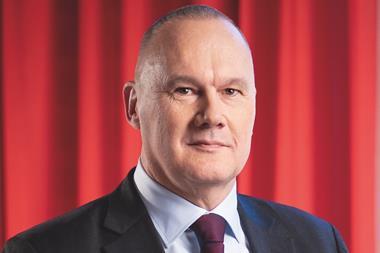Europe’s largest pension fund, the e150bn ABP scheme for Dutch civil servants, is to introduce a defined contribution (DC) type, top-up arrangement for employees on June 1, taking advantage of a change in the Dutch tax regime that occurred at the start of this year.
From January 1, the Dutch Ministry of Finance introduced new tables to calculate the maximum tax-free pension contributions possible for DC plans.
The maximum fiscal accrual of the old age pension now stands at two per cent of salary per year with a pensionable age of 65. Under the new tax calculations, the ABP yearly accrual rate for its collective regular old age pension - including survivors pensions and flexible arrangements for early retirement between the ages of 55 and 65 - comes out at 0.25% below the maximum that is allowed in the regime.
Consequently, the new ABP Extra Pension will give employees the option of augmenting their pensions within the given fiscal limits.
Using actuarial calculations and fiscal tables, ABP says this could translate into the possibility for an employee of 26 years to invest an extra 1.225% of annual salary, or for an employee of 56 a further 3.775% of salary.
While the employee will determine the level of the contribution, the employer will have to deduct the amount necessary and pay it in to the ABP fund.
This will then be invested along the same lines as normal ABP investments and the return will be the same as that for the ABP fund, with the fund guaranteeing 100% of the paid contributions.
Employees can change the amount of their extra contribution once a year.
At an employee’s date of retirement, ABP will convert the amount of ‘extra pension’ into a regular old age pension, or if stipulated into part of a flexible early retirement plan.
After retirement, the ABP Extra Pension will be indexed in line with the regular benefits.












No comments yet